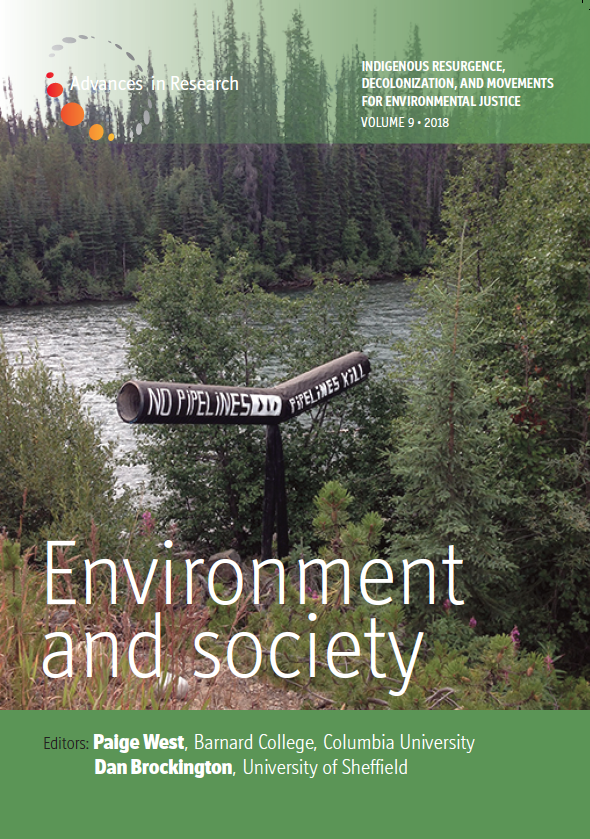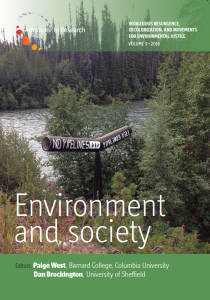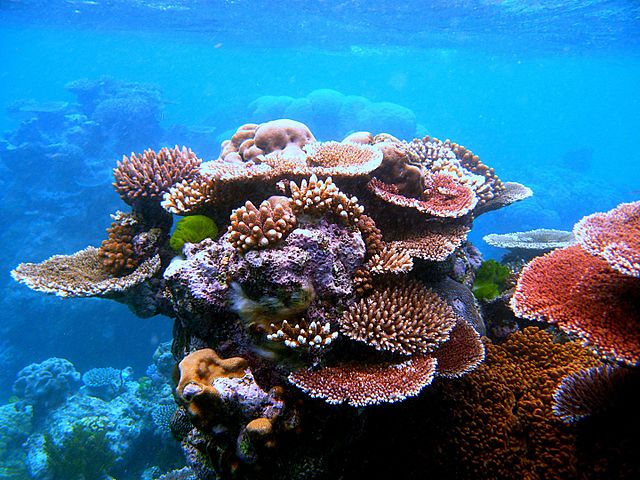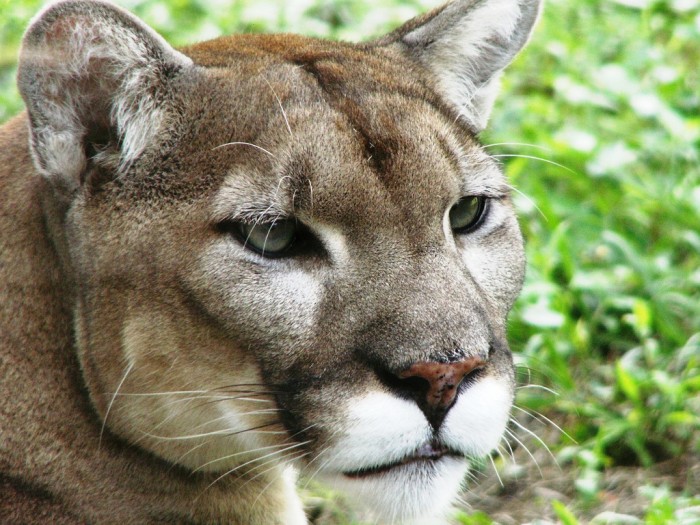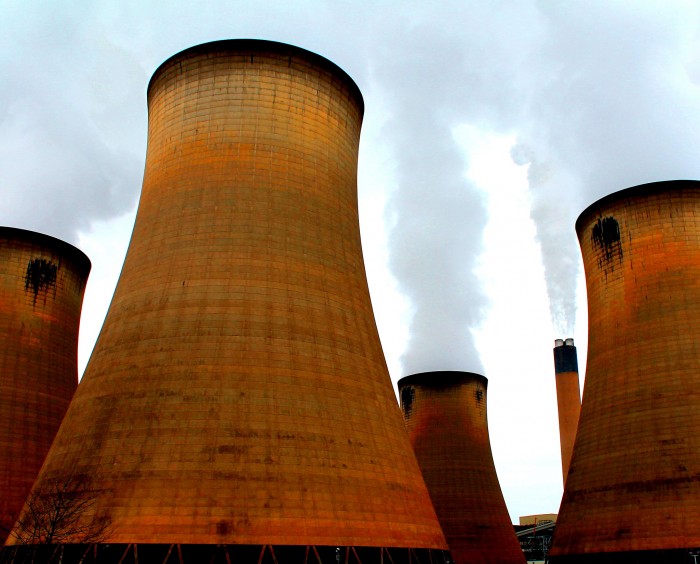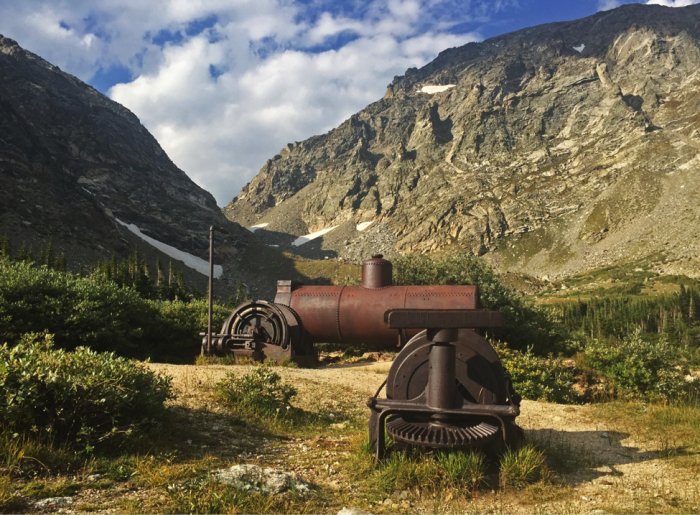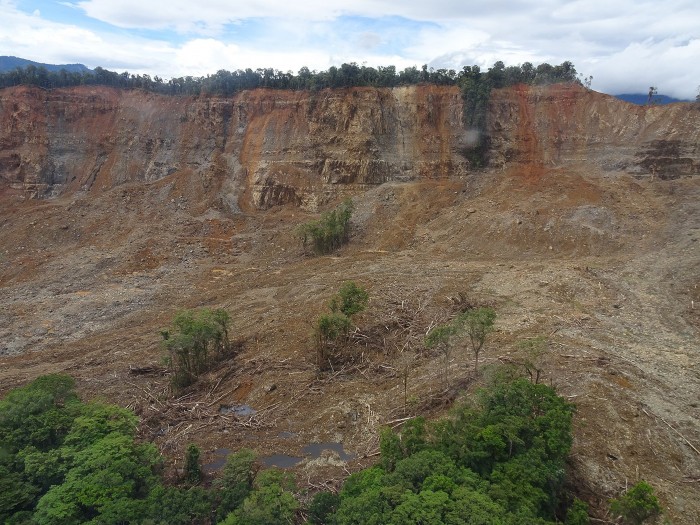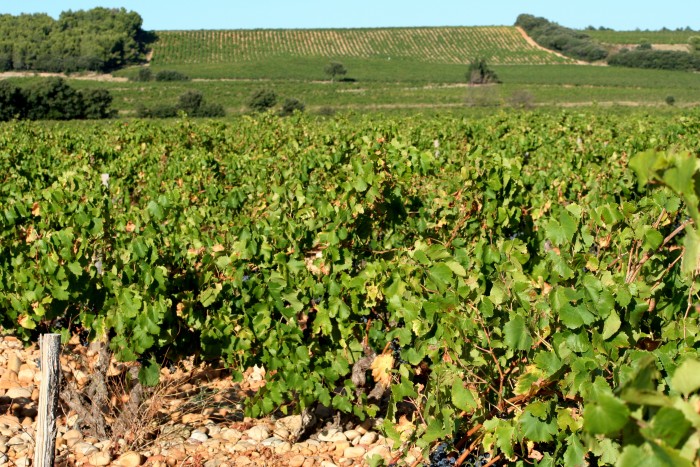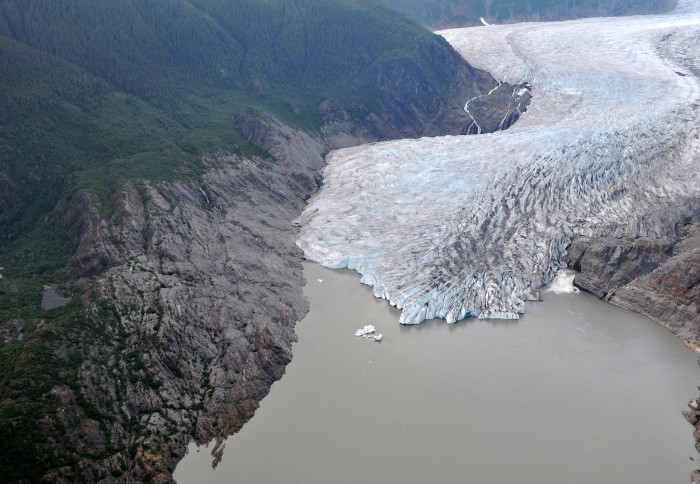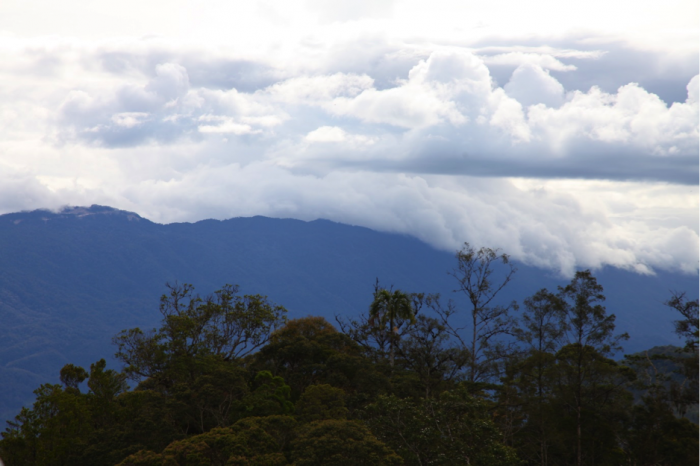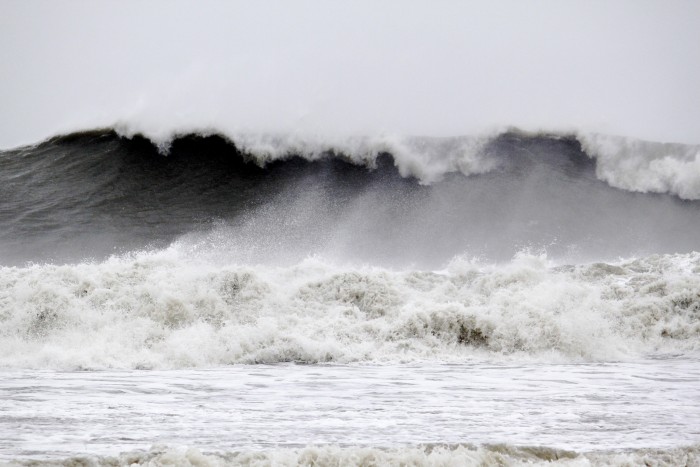Berghahn Journals is pleased to announce that the latest volume of Environment and Society has recently published and is available online at www.berghahnjournals.com/environment-and-society.
Volume 9, guest edited by Jaskiran Dhillon, revolves around the theme of “Indigenous Resurgence, Decolonization, and Movements for Environmental Justice” and aims to set forth a theoretical and discursive interruption of the dominant, mainstream environmental justice movement by reframing issues of climate change and environmental degradation through an anticolonial lens. Specifically, the writers for this volume are invested in positioning environmental justice within historical, social, political, and economic contexts and larger structures of power that foreground the relationships among settler colonialism, nature, and planetary devastation. As always, editor’s introduction is freely available to all readers. Environment and Society 9 is rounded out by a section of book reviews on recent and relevant publications.
